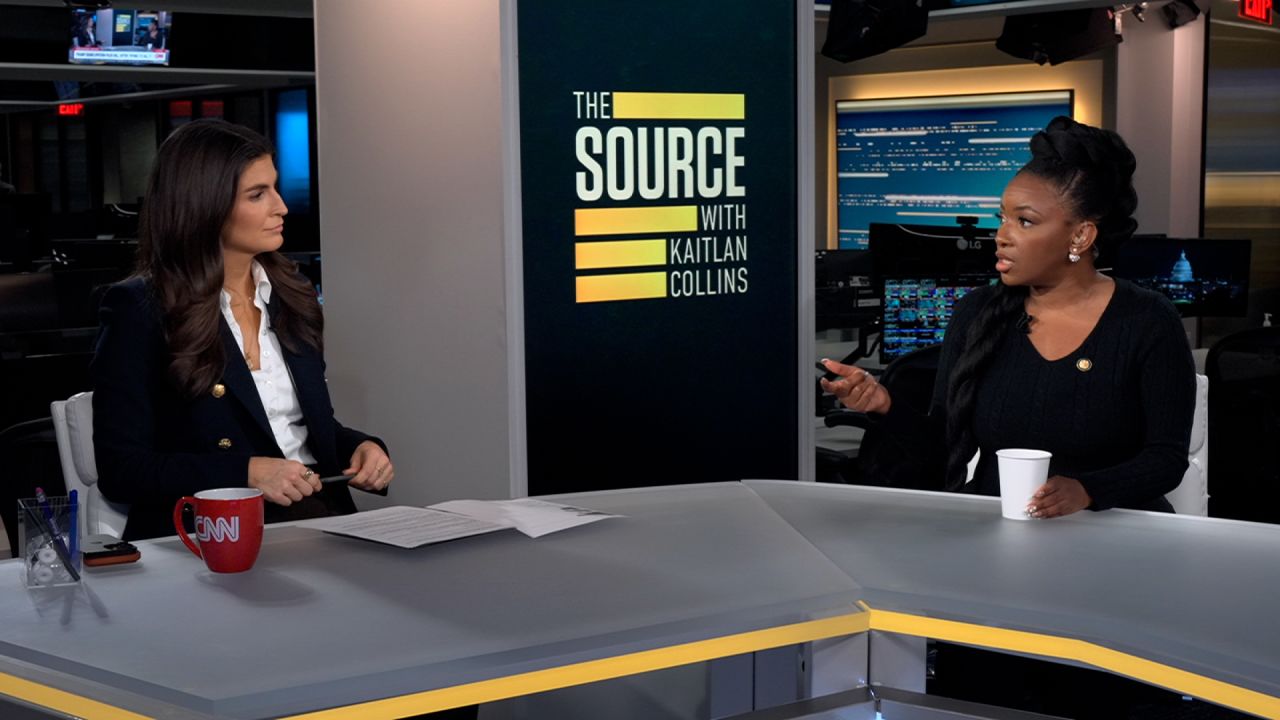Google to Merge Android and ChromeOS for a Unified Experience

Google is set to merge its Android and ChromeOS platforms, a move aimed at creating a more integrated user experience across its ecosystem. In an interview with TechRadar, Sameer Samat, President of Google’s Android ecosystem, confirmed this development and expressed interest in understanding how users manage multiple devices. He noted, “I asked because we’re going to be combining ChromeOS and Android into a single platform, and I am very interested in how people are using their laptops these days and what they’re getting done.”
This merger reflects a strategic decision by Google to enhance the functionality of devices running on its operating systems, allowing them to work more cohesively, similar to the seamless integration seen in Apple products. While the decision to unify these platforms may have come later than anticipated, it signals a significant shift in Google’s approach to its technology ecosystem.
Moving Toward a Unified Platform
The transition toward a unified platform is expected to gain momentum with the upcoming release of Android XR devices, which will likely showcase this integration. Google has been laying the groundwork for this shift for some time. Last year, the company announced plans to base ChromeOS more on the same technology that powers Android, indicating a clear direction toward unification.
Additionally, ChromeOS has long supported Android applications, many of which are designed to function effectively in desktop mode. This compatibility has paved the way for a smoother transition as users become accustomed to accessing Android apps on their ChromeOS devices. The introduction of Android 16, featuring a Samsung DeX-style desktop interface, further demonstrates Google’s commitment to enhancing user experience across its platforms.
The implications of this merger are significant for users and developers alike. By aligning the two operating systems, Google aims to streamline workflows, allowing users to transition effortlessly between devices. This move could also offer developers a more unified environment, simplifying the process of creating applications that can run across both platforms without significant modifications.
Looking Ahead
As Google prepares for this integration, industry observers will be watching closely to see how it impacts the competitive landscape, particularly in relation to Apple. The tech giant has long been known for its ecosystem’s harmonious functionality, and this merger could position Google to compete more effectively in this area.
While the details surrounding the rollout of the unified platform remain sparse, users can expect to see more information emerge in the coming months. Google’s initiative to unify Android and ChromeOS not only reflects its commitment to innovation but also underscores the evolving landscape of technology where seamless integration is becoming increasingly vital for user satisfaction.
In conclusion, Google’s decision to merge Android and ChromeOS marks a pivotal moment in its strategy to create a cohesive digital ecosystem. As developments unfold, users can anticipate enhancements that will likely improve productivity and connectivity across devices.





